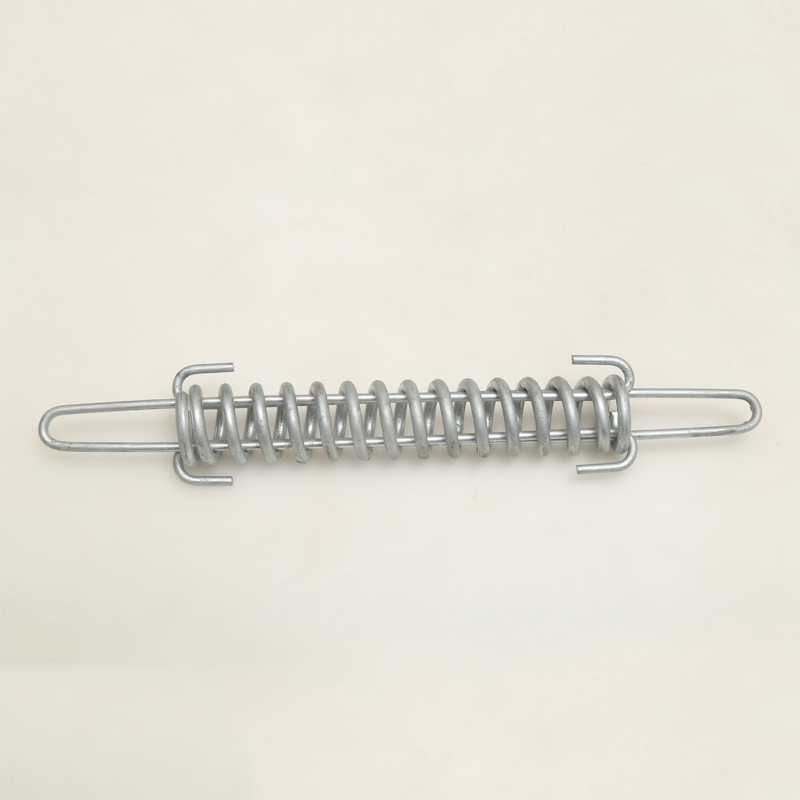
- Mobile Phone
- +8613931874955
- sales@cntcmetal.com
brickwork reinforcement mesh
The Importance of Brickwork Reinforcement Mesh in Construction
In the realm of modern construction, the integration of advanced materials and techniques is crucial for ensuring the durability and stability of structures. One such significant advancement is the use of brickwork reinforcement mesh, a product designed to enhance the strength and longevity of masonry work. This article will explore the concept, benefits, and applications of brickwork reinforcement mesh, highlighting its indispensable role in contemporary construction practices.
What is Brickwork Reinforcement Mesh?
Brickwork reinforcement mesh is a specialized type of metal mesh used in conjunction with bricks and blocks to improve their structural integrity. Typically made from galvanized steel or other corrosion-resistant materials, this mesh is embedded within the mortar joints of brick walls. The primary function of the mesh is to distribute loads and stresses more evenly across the wall, thereby preventing cracking and structural failure.
Benefits of Using Reinforcement Mesh
1. Enhanced Structural Strength One of the primary advantages of brickwork reinforcement mesh is its ability to significantly increase the overall strength of masonry structures. By providing additional support, the mesh helps in resisting lateral forces, such as wind loads, which can be particularly important in areas prone to severe weather conditions.
2. Crack Prevention Over time, brick walls can develop cracks due to various factors, including temperature fluctuations, settling of the foundation, and moisture expansion. The use of reinforcement mesh mitigates these risks, ensuring that the structural integrity of the wall remains intact.
3. Flexibility in Design Brickwork reinforcement mesh allows architects and builders greater flexibility in design. With reinforced walls, there is potential for longer spans and innovative architectural features that might be challenging to achieve with traditional methods.
brickwork reinforcement mesh

4. Cost-Effectiveness Although there may be an initial increase in material costs, the long-term savings associated with reduced repair and maintenance make brickwork reinforcement mesh a cost-effective choice for builders. Structures reinforced with mesh tend to last longer and require fewer repairs over time.
5. Ease of Installation Reinforcement mesh is relatively easy to install, making it a practical choice for both new constructions and renovation projects. It can be cut to size and fitted into existing wall structures without extensive modifications.
Applications of Brickwork Reinforcement Mesh
The versatility of brickwork reinforcement mesh allows it to be utilized in various construction scenarios. Some common applications include
- Residential Buildings Many homes are built with reinforced masonry walls to provide added strength and resilience against common structural stresses. - Commercial Infrastructure In commercial construction, particularly in larger buildings, reinforcement mesh is vital for achieving the necessary load-bearing capabilities. - Retaining Walls Brickwork reinforcement mesh is often used in retaining walls to ensure stability and minimize the risk of failure due to soil pressure. - Seismic Areas In regions prone to earthquakes, the use of reinforcement mesh in brickwork can dramatically improve a structure's ability to withstand seismic forces, making buildings safer for occupants.
Conclusion
In conclusion, brickwork reinforcement mesh is a critical component in modern construction, offering numerous benefits that enhance the strength, durability, and longevity of masonry structures. From residential homes to large commercial buildings, its applications are vast and varied. As the construction industry continues to evolve, the importance of using such innovative materials cannot be overstated. By embracing technologies like brickwork reinforcement mesh, builders can create safer, more resilient structures that stand the test of time, ultimately contributing to a more sustainable built environment.
share:
-
Why Sacrificial Formwork Is Redefining Underground ConstructionNewsJun.06,2025
-
The Structural Dynamics of Modern Concrete: How Snake Spacers Revolutionize Flexible ReinforcementNewsJun.06,2025
-
Snake Spacers Smart-Lock Concrete Reinforcement with Surgical PrecisionNewsJun.06,2025
-
Snake Spacers: Reinforcement Precision for Modern Concrete ProjectsNewsJun.06,2025
-
Snake Spacers Powering Concrete's Structural DNANewsJun.06,2025
-
Slither into Success: Snake Spacers' Precision Bite for Unbreakable ReinforcementNewsJun.06,2025
-
Sacrificial Formwork: Building Stronger, Faster, and Safer StructuresNewsJun.06,2025



















